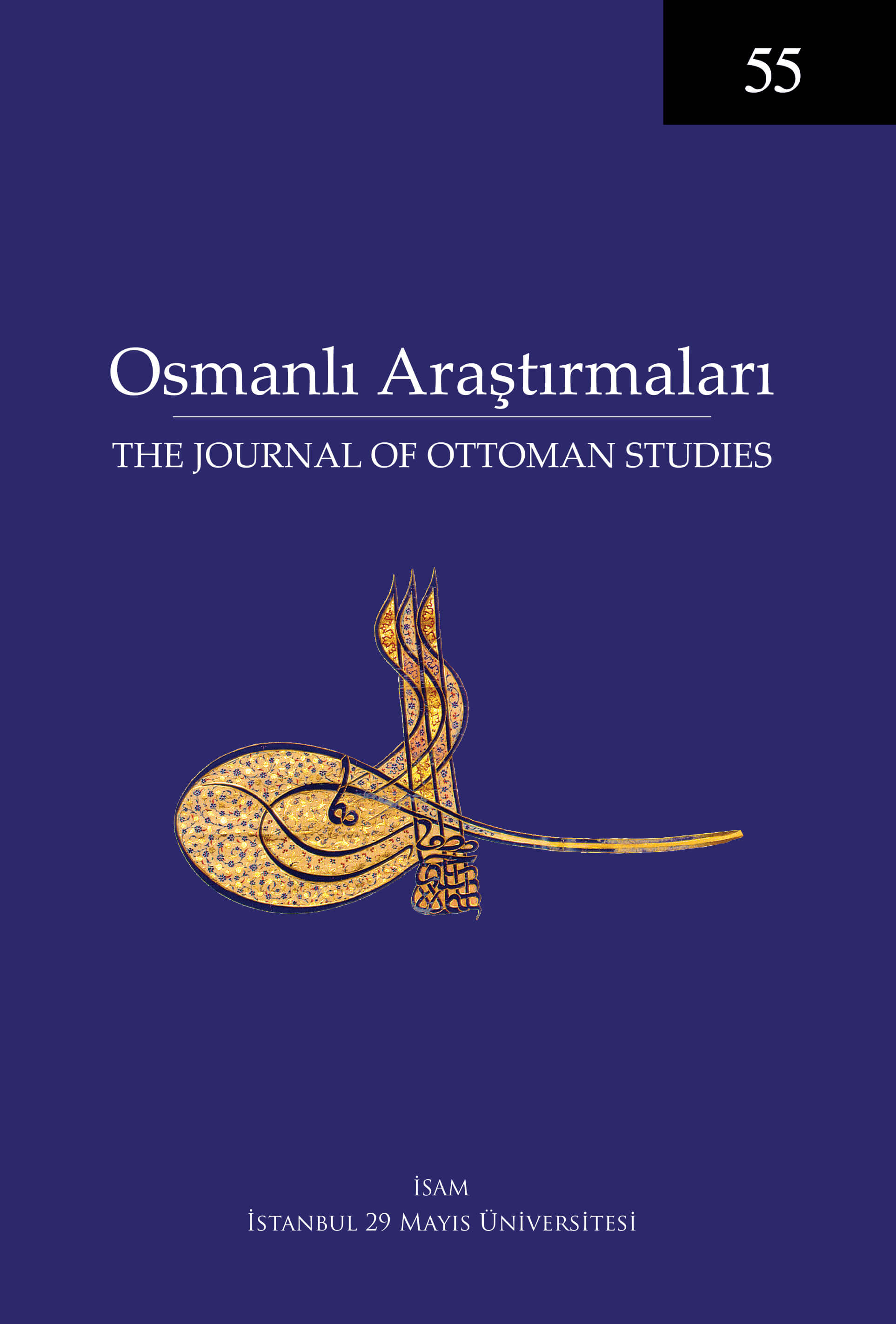Poll Tax ( Jizya) Payers of the Mosul Kaza and Its Regional Relationships (The Last Quarter of 17th Century)
Keywords:
Non-Muslims in the Ottoman Empire, Poll Tax (Jizya) Registers, Jews and Christians of Mosul, Crafts and Craftsmen of the Middle East, Migrations and Immigrants in the Middle East, Smallpox in the Ottoman Empire, Turkish and Arabic ProverbAbstract
To determine the contribution of the poll tax registers (jizya defters) on the history of Ottoman non-Muslims and the Ottoman city has been considered as a problem within the scope of the relationship between the Ottoman city and the non-Muslims. The main purpose of the research is to reveal the both urban and rural settlements of non-Muslims in Mosul Kaza; the characteristics of migrations and immigrants; the spatial organization of crafts; the regional relations of Mosul and the effects of variola.
The objectives of the research are: What are the urban-rural population and the income level? What is the impact of the conceptual confusion in the register terminology to determine both social and demographic features? What is the relationship between the quantities and qualities of crafts and the features of mahallas (quarters)? What is the reason of disproportion in the number of master-apprentice? What is the relationship between the contents of poll tax registers that belong to the cities which have border for neighboring countries and the Ottoman border policies? What is the relationship between the spread of variola and weaving?
This research is based on the poll tax register of the Mosul Kaza dated 1103/1691-92. Various documents and registers in the Ottoman Archives (in İstanbul) and sharia court records of Diyarbakır and Mardin have been used in order to interpret the data in the register.
The following findings have been obtained: 49% of the native non-Muslims in the kaza have been habitant in the city and 64% of them was ednâ (low-class in terms of income level). The rate of ednâs in rural areas was 77%. In the city, the migrants from rural areas (the rate is 29%) and different cities (the rate is 61%) have been encountered. Rencbers who constituded the majority of cattered (perakende) poll taxpayers that are classified as “who do business/work in the city” and “who are pass-byers” included porters, crafts and capital owners. The majority of rencbers, architects, jewelers, saddlers, weavers, and the craftsmen who composed of the subsectors of weaving was in the mahalla of Dergâh-ı Nestûrî. The crafts who played role in the production of the river transportation vehicles had concentrated in the same mahalla. Some Muslim apprentices worked with non-Muslim masters. The rate of apprentices in the city was 13%. The rate of immigrant apprentices was 26%. 1/3 of the jewelers and 31% of the sword maker was composed of immigrants. There were no non-Muslim bakers, butchers, millers and horseshoers in Mosul. The variola mainly affected the tailors, rencbers, weavers, painters, and carpenters. The traces of the Ottoman poll tax have been founded in the proverbs.
The rural poverty has been higher than the urban poverty even if there was no significant difference between rural and urban population in terms of non-Muslims. The low income level in the rural areas in addition with the employment areas and the trade that the administrative and geographical location of Mosul provided directed labor, craft and capital (low or high) owners to the city and particularly the busy mahallas of the city.




